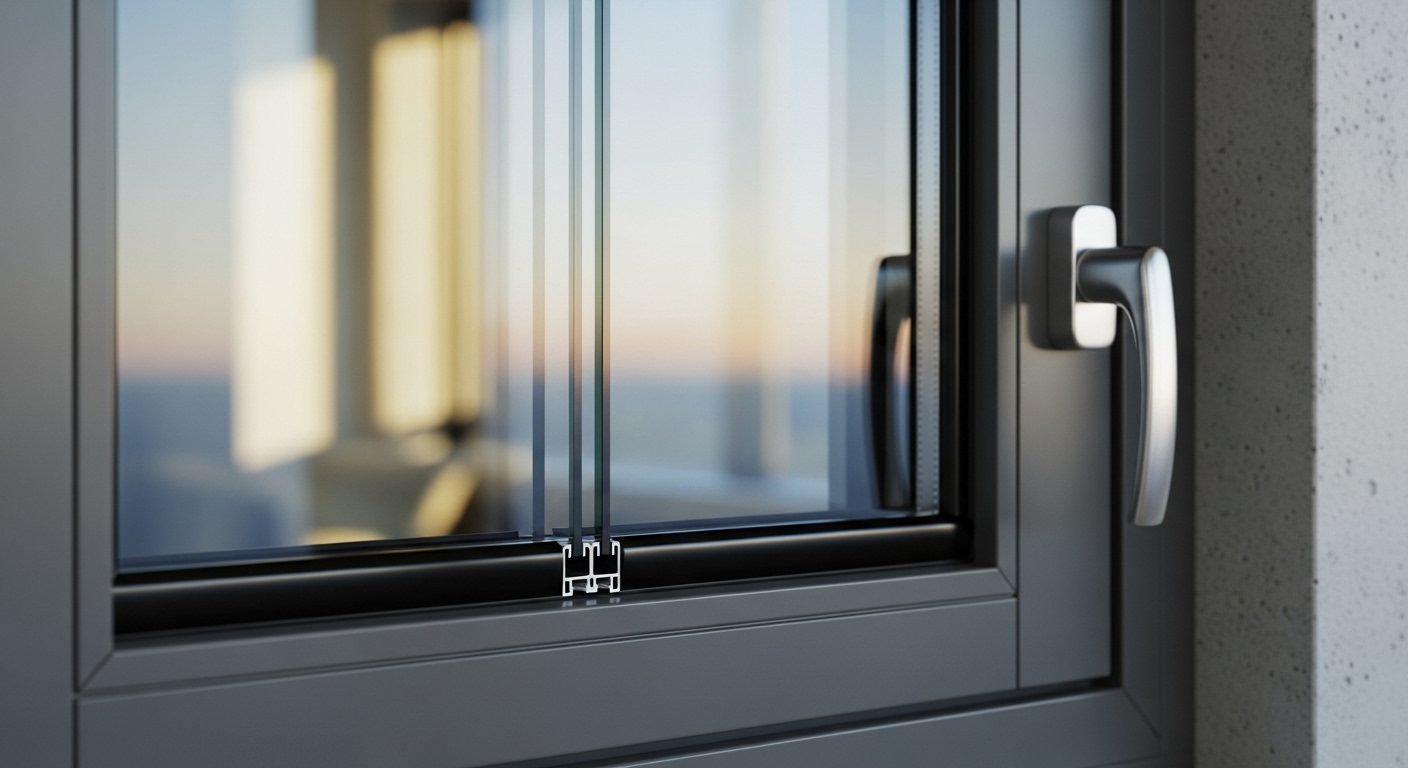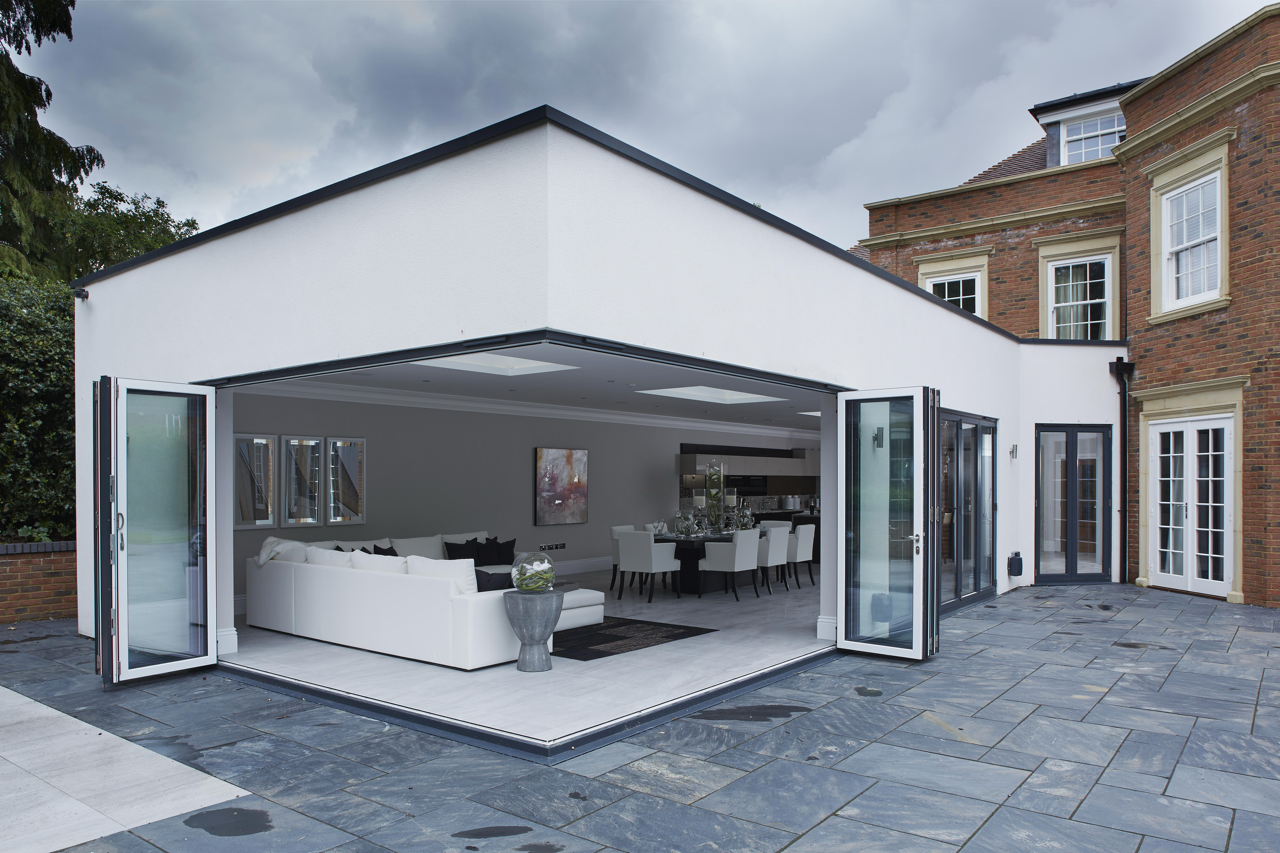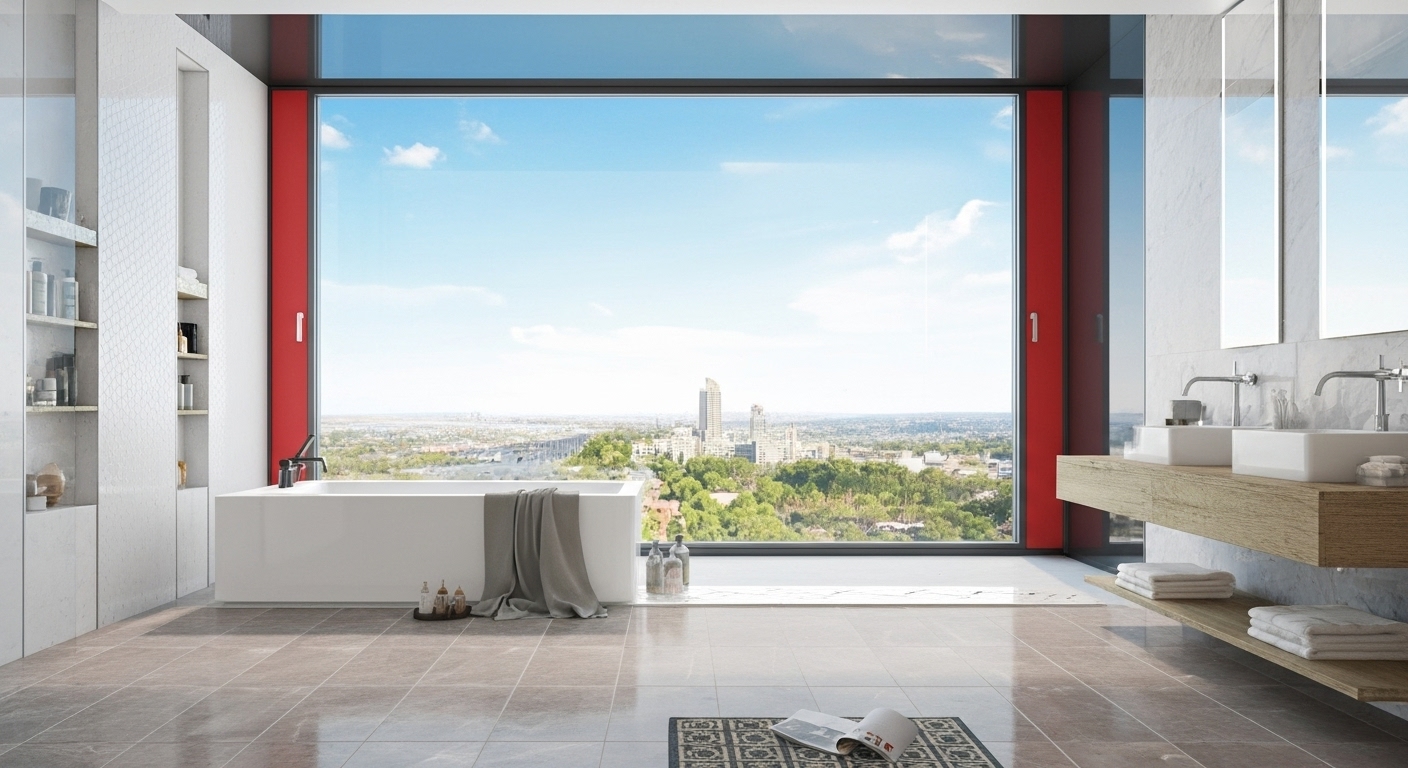The most immediate benefit of thermal break aluminium windows is reduced energy consumption. By achieving R-values of approximately 4.0, systems like Aldabra’s deliver excellent insulation. This means less reliance on air conditioners in summer and heaters in winter. Over time, the savings add up significantly.
For example, in a mid-sized residential development, energy-efficient fenestration can cut HVAC usage by 20–30%. Multiply that across dozens of units, and the long-term cost savings are substantial.
Table of contents
Indirect Savings
The benefits go beyond lower bills. Heating and cooling equipment that doesn’t have to work as hard lasts longer and requires less maintenance. For developers, this translates into reduced operating costs for clients—an increasingly important selling point in competitive markets.
Value Creation
Today’s buyers and tenants are also more sustainability-conscious. Marketing a property as energy-efficient isn’t just compliance-driven; it adds tangible value. Developments that prioritise efficiency stand out in listings and often command higher rental or resale prices.
Beyond Energy: Additional Advantages
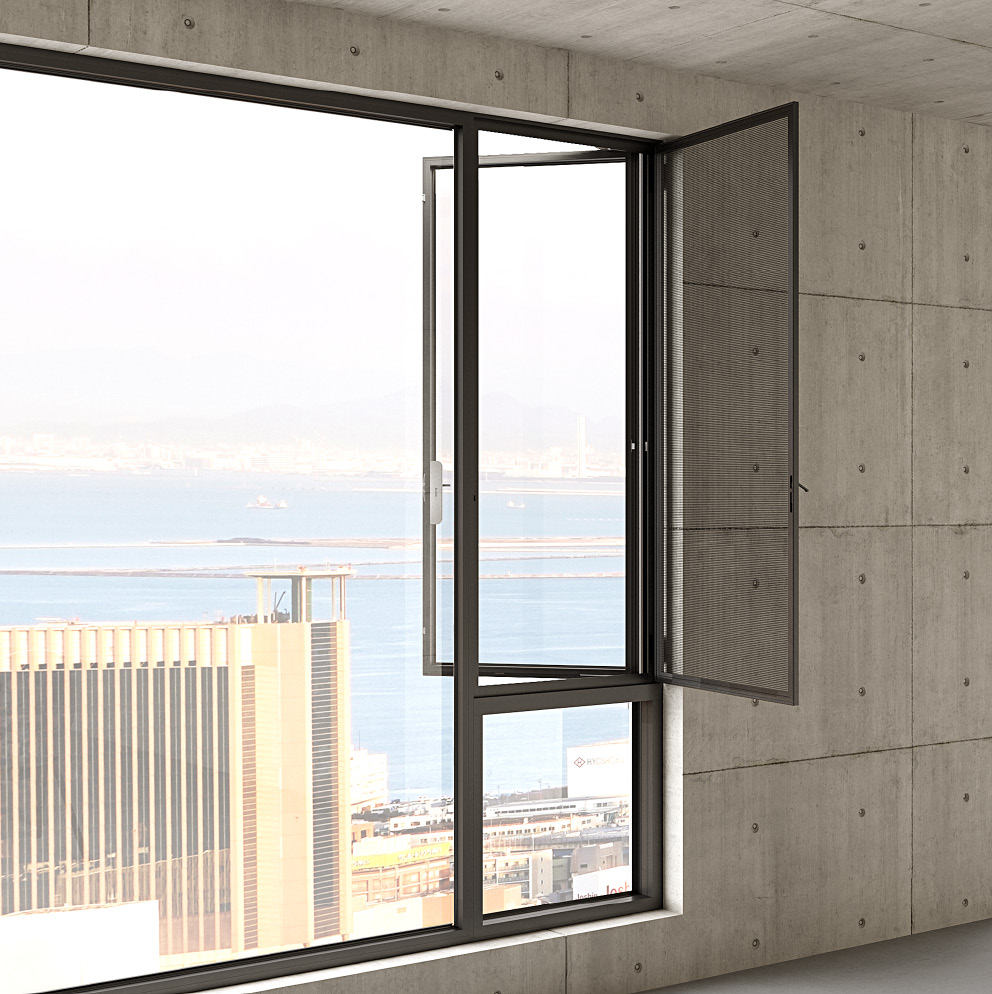
Energy efficiency is the headline benefit, but thermal break aluminium systems bring several other advantages:
- Comfort: By maintaining more stable indoor temperatures, occupants enjoy a more pleasant living or working environment.
- Condensation Control: Thermal breaks prevent cold spots on frames, reducing condensation that can lead to mould or damage.
- Sustainability: Lower energy use means a smaller carbon footprint, aligning with global and national sustainability targets.
- Compliance: Energy-efficient fenestration facilitates meeting and exceeding building performance standards.
These advantages make thermal break aluminium windows a holistic solution—one that benefits developers, occupants, and the environment alike.
Why Aldabra’s Systems Stand Out
Not all thermal break systems are created equal. Aldabra’s range of aluminium doors and windows is engineered specifically for performance in South Africa’s demanding environments. Key advantages include:
| Multi-cavity aluminium thermal break profiles | Designed to maximise insulation while retaining slim, elegant lines. |
| High R-Value | Approximately R≈4.2, ensuring strong thermal performance. |
| Advanced glazing options | Double-glazed Low-E and laminated high-impact glass with Argon gas filling for optimal insulation. |
| Premium seals | EPDM rubber provides superior weather resistance and long-term durability. |
| Proven airtightness and wind resistance | Level 8 airtightness prevents unwanted air leaks, while Level 9 wind resistance means systems can withstand pressures exceeding those of a category 4 hurricane. |
| Durability in coastal conditions | PVDF powder coatings provide resistance against UV, salt, and corrosion—critical for developments near the ocean. |
For architects and developers, this means confidence not only in energy performance but also in long-term reliability and reduced maintenance.
Case-in-Context: South African Applications
Consider two examples:
- Coastal Developments (Cape Town, Durban): Here, year-round cooling loads and salt-laden air make both energy efficiency and corrosion resistance critical. Aldabra’s thermal break systems with PVDF coatings and Low-E glazing provide both.
- Highveld Projects (Johannesburg, Pretoria): With cold winters and hot summers, buildings need to perform in both directions. Thermal break aluminium ensures insulation in winter and reduced heat gain in summer.
In both cases, the result is the same: lower energy costs, more resilient buildings, and greater long-term value.
A Smarter Investment for the Future
In South Africa’s construction landscape, every rand spent on energy efficiency pays dividends in the long run. Thermal break aluminium windows are more than just a design choice—they are a strategic investment in comfort, sustainability, and reduced operating costs.
For developers, this translates into projects that are easier to market, more attractive to buyers, and more resilient against future regulatory or energy challenges. For architects and engineers, it provides design freedom without compromising on performance.
At Aldabra, we believe the future of building lies in solutions that elevate both form and function. Our thermal break aluminium systems are engineered to deliver just that—combining architectural elegance with measurable efficiency gains.
Ready to explore how Aldabra can help make your next development more energy efficient?
Discover our Zephyr and Core Series, designed for the South African climate and engineered to perform for decades.
